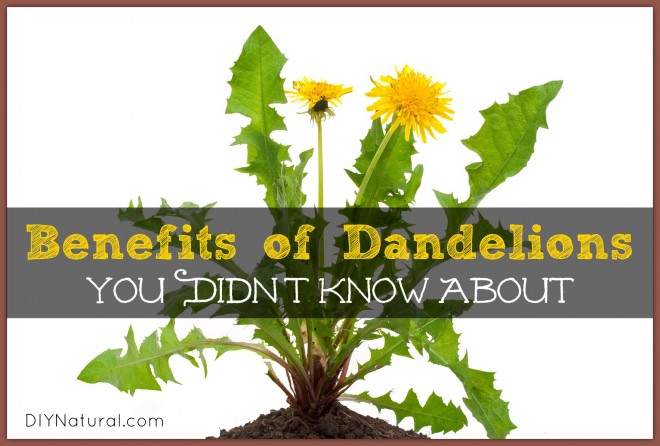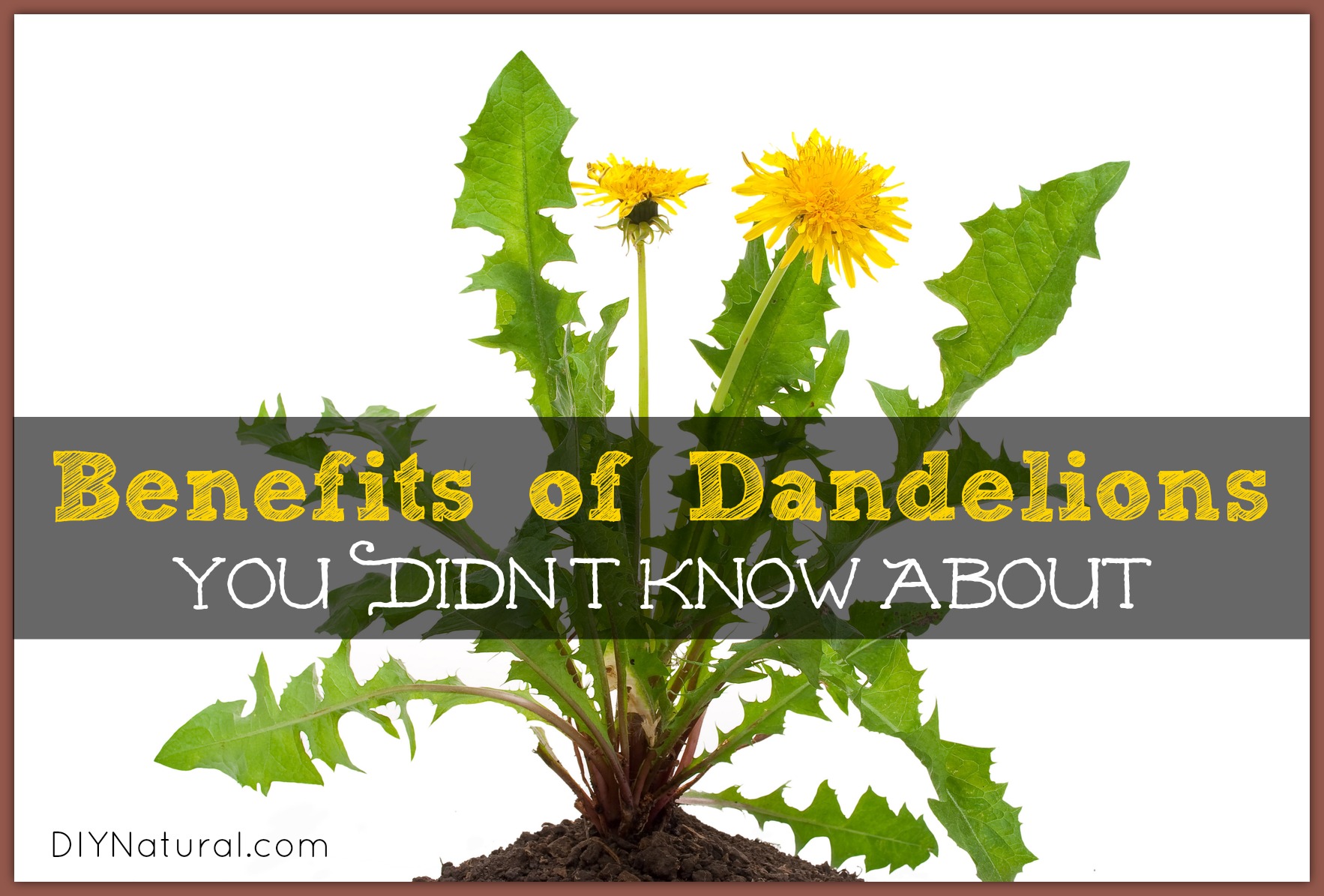
I know, most people are looking for ways to get rid of dandelions. Sure, they are unsightly, making big yellow heads and then annoying seed heads that seem to go every which way and plant even more weeds in your yard. But – to a naturalist and permaculturist, I’m embracing my weeds and using them to my benefit. Let’s explore dandelions!
Why You Should Be Using Dandelions
Dandelions are chock full of nutrients. Every part of the plant is edible and can be used in some way. Here are 16 reasons you should not be killing those dandelions in your yard:
- The flower is a source of beta-carotene. Beta-carotene is an antioxidant than can help protect your cells from damage.
- The leaves and flowers contain Vitamin C.
- The root, flower and leaves contain fiber, which is a digestive aid.
- The root contains potassium.
- The leaves contain iron which is known to help with anemia.
- The root and leaves contain calcium and phosphorus, which are essential to bones and teeth.
- The root, leaves and flowers contain magnesium, which can help relax the muscles.
- The root contains zinc, which can help fight colds and flu.
- The entire plant is high in B complex.
- The leaves contain more protein than spinach.
- The root acts as a diuretic and can help rid the body of excess fluid and waste products.
- The root can be made into a tea, which can help to inhibit bacterial growth in the urinary tract.
- The leaves are a bitter, which can help improve liver function to remove toxins and help to improve hydration.
- All parts of the plant are rich in antioxidants, which can help to combat cancer and other ailments along with other phytonutrients found in the plant.
- Dandelion leaves can be torn and used on bites and scratches.
- Dandelion flowers make great wine.
How to Use Dandelion
Sure, you can just chop off the leaves, wash them and mix them into a salad. That’s easy. But there are many other ways to use dandelion. You can find dandelion in almost any yard, field or walkway. Be careful not to use any that may have pesticides or insecticides sprayed on them.
Dandelion Tea Blend
To use as a tea, find some good, fresh leaves. Clean and dry them. When they are dry, you can use them either by themselves or mixed with other herbs. Because they can be bitter, I use this mix for my tea:
- 1 part dandelion leaves (find them here if you don’t want to dry your own)
- 1 part mint leaves (find organic peppermint leaf here)
- ¼ part stevia leaves (find organic stevia leaf here)
- 1 part cleavers herb (find organic cleavers here)
The dandelion is a bitter and can add nutrients while aiding in digestion. The mint adds flavor and antioxidants. The stevia adds sweetness and the cleavers can help to clean out the system. Mix them all together and store in a well-labeled glass jar. Make a cup of tea with this mix and you’ll have a really healthful drink that can be enjoyed iced or cold.
Fresh or steamed
The leaves can be used fresh in salads as I mentioned earlier, or as a green that can be steamed or wilted. You might want to try it in my wilted spring greens recipe found here. You can just steam it by itself and add a bit of salt and lemon juice.
Roasted dandelion root
Dandelion root can be cleaned, dried, and roasted and used as a coffee substitute. (I’ve even seen them as a smoking substitute!)
To make your roasted dandelion root, you’ll need to dig some fresh roots and clean them well. Cut roots into pieces or use a mandolin to slice them. (Younger roots slice easier than older, tougher roots.) Place them on a cookie sheet lined with parchment paper. With your oven on low (no higher than 200°F), roast the roots, checking them often and turning if necessary. They may take a few hours depending on the thickness.
When they look done, take one out and allow it to cool. Try to break it – if it seems like leather, leave them in a bit longer. If they snap easily, they’re ready. When they are done, turn off the oven and leave them in there until cool. Once completely cooled, store in a sealed jar. Use within a few months. They can be ground up in a coffee grinder and mixed with coffee at a rate of ½ and ½. This will cut caffeine and add flavor, while providing you with the nutrients in the dandelion root.
Other uses
Dandelion seeds can also be ground and used as a flour substitute. But that would take A LOT of seeds, so I leave them for the goldfinches as a food source.
You can also find dandelion leaf at your local food co-op or online. Get it in capsules (here), tinctures (here) or even ointments.
Have you used dandelion, either as a food or a nutrient source?
Share your experience in the comments below!
*******




I have been making dandelion flower tea in the morning and eating the greens as a salad everyday this spring. I purchased dandelion root and was surprised by how nutty it is and have started to collect my own dandelion roots. I am now in love with my dandelions and will continue to eat them to nourish my body and as an added bonus they are free. Why have I waited so long?
I’ve had dandelion greens exactly one time. My 5th grade math/science teacher brought them in along with an electric griddle/skillet, and she wilted/sauteed them with some sugar and bacon… helped to cut the bitter for us kids. She also introduced us to roasted pumpkin seeds, which I love to this day. Before that time in class, I had no idea that one could eat dandelions or any weed… just seemed weird haha.
Will definitely have to try them in a salad! Great to know that something growing on its own in my yard has so many uses! I would just make sure you aren’t using pesticides on your lawn (or you’re not getting them right next to neighbors that are).
You’re right, Elizabeth. Please be sure you aren’t using any near where pesticides or other chemicals have been used. I don’t use chemicals on my property, but the fire department next to me does, so I take mine from the other part of the yard a few acres over.
I’ve read that the dandelion “milk” can be used to get rid of warts and possibly even kill the virus that causes them. Cheap and efficient…what do you have to lose?
There’s another “cure” from the Foxfire books, Karen. I’d read that many years ago, but I’ve never tired it. It makes sense because the sap is latex like and will cut off air flow and “suffocate” it. The sap could have other compounds that work too.
I make dandelion jelly from the flowers . Make a tea from the blossoms,add a bit of lemon balm . Some certo and sugar ,delicious !
Josephine,
what is the difference between the flower and the blossom, just curious. Thank you!
There really is no difference, Mindy. Blooms, blossoms and flowers are all used to describe the floral parts.
And I never thought of jelly, either, Josephine! Wow, so many uses!
I made dandelion beer once. It was good. My husband drank most of it. Google it.
But mostly, I leave them for the bees. It attracts them to my garden and encourages them to nest nearby, which they do.
I never thought of beer, Linda, though we have made wine with it. And in my list of benefits I should have mentioned the bees. They’re so important.
Thank you for your site…I have read so much information about dandelions but you give practical uses we can benefit from
Thanks Linda! I always try to be realistic about wild foods and give people alternatives. I was raised on the Foxfire books which talk a lot about wild edibles.
The roots after cleaning can be dried on a table top out of the sun . Then when completely dry grind into a powder. Keeps for a long time in a sealed container
I chop up some fresh root about 2 T with 2 T ginger root and 2 anise stars with 1 stick of cinnamon Put in 3 cups water and simmer about 20 minutes I pour into a mason jar and fill it up with water . Some people strain it at this point but I just leave the roots in and take some off the top Add a little honey to a cup and what a great tea
Thanks for the recipe Patty! I’ve never made it spiced and this sounds really good.
Thank you for all your wonderful articles! I am a urban forager, and have eaten many “weeds!”.
There are old time recipes for fried yellow flower heads, coated in a flour and egg mixture. I have eaten everything but the root. The heads plain are bitter. So are the leaves. It’s an acquired taste.. So start slow if you eat them raw in salads, or as stand alone trail nibbles as I am apt to do. The tastiest, least bitter leaves are in spring when they are very young plants. As they mature, the taste grows more bitterly intense, and the leaves are tough to chew. I think lightly steaming, along with some blander plants would be great…maybe in olive oil, and garlic. And a little chopped up goes a long way! I just happen to pop a whole leaf in my mouth on the trails and chew chew chew.
Do not collect edible wild foods near roadways……as the plants as well as the soil collect the poisonous run off chemicals of petroleum, and other contaminants within not only roots, but leaves! Also, no place where pesticides are sprayed, or migrate via water run off.
There are many awesome books on eatting wild foods, and even foraging for them in heavily urban areas. If you can, grow them in your yard! The wildlife will live it, and you will have a great source of free, nutritious and organic foods!
Great advice Mary Anne!I eat a lot of what I find in my yard. I’m currently eating a lot of dandelions (of course!), chickweed, clover and wild onions. Today I’m collecting lamb’s quarters. I had them braised at a restaurant last week and want to try it myself. I’ve always eaten them raw or steamed, but this will be a nice change.
It’s possible to remove the bitterness (or at least most of it) by soaking in water. Chopping the leaves makes the extraction go faster. 🙂
http://homesteadlaboratory.blogspot.com/2013/04/dent-de-lion.html
Really great article!
Thanks Lori!
Thank you for posting!
Thanks Jessica!
This is my favorite type of article…keep em comin!
Thank you so much
Thanks Bethany!
Thanks. I really appreciated the information. Is there a time when dandelions are past being picked to use? And is there a time of day that’s better for picking them?
I’m really interested in trying this.
You can pick dandelions any time of the year, Bea, but spring is the best time. When the leaves are older they can become bitter. If you pick them later in the year, go for the tender younger leaves.
Thanks. It’s past prime time here, but there are lots of them out there still, and I’ll start with the leaves.
Great article and lots of useful info in the Comments.
I like this article a lot! Thanks!
Than you Britt!